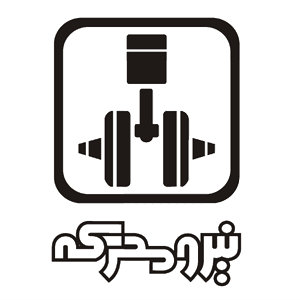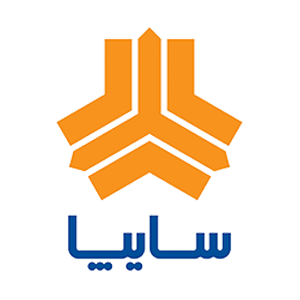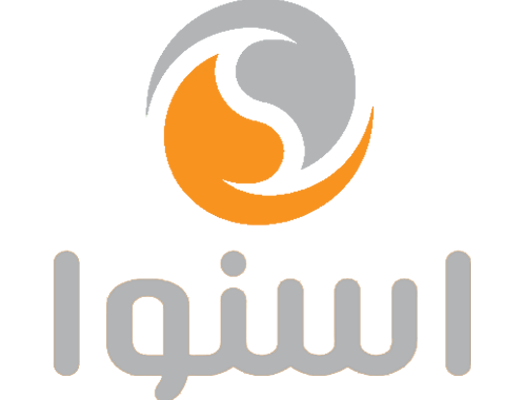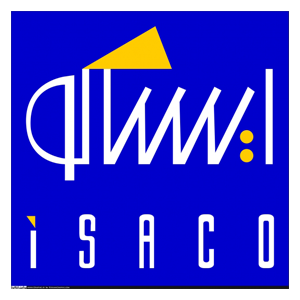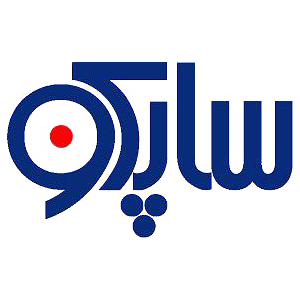- In 1966, a contract was signed with the British company Roots to produce Peykan. A year later, on May 15, 1967, a car factory called “Iran Nacional” was established with a capital of about 400 million Rials, which includes land, bank credit, new machinery and Kohneh, which was able to assemble 10 passenger cars and 7 buses and trucks per day.
- From 1346 to 1357, Peykan was produced in various models of work, luxury, youth, station and pickup and bus in 302 city, desert and superlux bus models, minibuses and ambulances. The increase in production started in 1346 and finally in 1977 about 98,000 Peykan machines were produced.
- In 1973, the main goal and policy of the company was based on the domestic production of parts and self-sufficiency, in this regard, the companies of bearings, pistons and Idem Tabriz and Reza Mashhad company and foundry were established.
- In 1974, with the increase in oil prices and foreign exchange earnings, Iran National Company decided to produce Peugeot in order to maintain the market, and the company’s shares were listed on the stock exchange in the same year, and about 45% of the company’s shares were transferred to the public.
- In late 1977 and early 1978, due to the fact that Peykan was old, its replacement was on the agenda, and accordingly, negotiations were held with Peugeot France to produce a newer car, which eventually led to the signing of a contract for the production of Peugeot 305. . But before the work was done and at the same time with the Islamic Revolution, all industries were nationalized and given to the government. With the occurrence of the Islamic Revolution, according to paragraph A of the Law on Protection and Development of Iranian Industries approved by the Islamic Revolution Council on 1978, Iran National Company was subordinated to the National Industries Organization under the management of the Ministry of Industries and was declared national. This period coincided with the beginning of the imposed war of Iraq against Iran. Continued.
- The year 1983 is one of the least problematic and prosperous years of production, which was due to the favorable currency situation and the strategy of the ministry, and in fact, this growth can be seen in other industries.
- The year 1985 began with the decrease of foreign exchange earnings, signs of industrial, economic and production crisis, so much so that in 1986, the factory was on the verge of closing.
- In 1988, with the adoption of UN Resolution 598, the issue of determining a passenger car was raised with the full coordination of the organization and the ministry, and a contract for the construction of a Peugeot 405 was concluded for a period of 3 years.
- In 1989, at the same time with the government’s emphasis on the production of cars for public use, two major changes took place. The first development was the conversion of the Peugeot Hall into a bus hall, which produced 6,000 buses a year in two shifts. The second development, at the same time with the cessation of production of Peykan and the closure of Talbot factory and lack of driving force and the announcement of Peugeot’s readiness to sign a contract with Iran-Khodro Company, the company had to decide to install 504 engine on Peykan and Peykan to “Picajo” and then to “Peykan 1800” was renamed.
- One of the most important developments in 1991 is the re-production of Peykan and the establishment of Sapco.
- In 1994, one of the biggest developments is the development of a seven-year plan for the company and then the increase in production of more than 300,000 units per year. One of the strategic goals in the 7-year plan was the issue of quality and continuous improvement, in line with which the project of establishing the ISO 9000 standard and benefiting from the quality assurance system was considered. By the end of 1998, many production units were ISO 9002 certified. Another goal was to increase the quantity and quality of the number of parts manufactured in production vehicles, which was achieved with the formation of Sapco. Another big change was the establishment of Iran Khodro Research Center with high investment, which led to the design of Samand product.
- In 2002, with the development of a 10-year plan, the company’s plan was to achieve the position of a world-class company and move towards globalization. Peykan announced price maintenance, competitiveness and receiving new technology from the world’s automakers. Other major goals of Iran-Khodro, which have been seriously pursued, are cost reduction and presence in the domestic market and development of exports to different countries. Also, mass production of Samand car as a national car started in 2002.
- In 2003, Pars Sal, Samand Sal and Peugeot 206 cashier projects started.
- In 2004, in order to improve productivity and better planning and control of its activities, the organization used the integrated resource planning system of SAP company. This year, the Peugeot Pars ELX and Samand LX projects were put into operation.
- In 2005, Peykan was removed from the product portfolio of Iran Khodro Company as a step towards upgrading the level of technology within the organization and a move towards improving customer satisfaction, and 206 cash registers were produced with valid OHV engine and Samand Sarir. This year, the national gas-based engine was designed and Irankhodro entered the global market.
- In 2006, the national engine production line was launched in the presence of the President and the Samand production projects of Azerbaijan, Belarus and Syria were put into operation. In addition, this year, the Thunder 90 product was added to the company’s product portfolio with the cooperation of Renault, and caused the monopoly of Iran-Khodro international cooperation to be removed from Peugeot. The Samand production project in Venezuela also started this year.
- In 1986, Iran Khodro won the Crystal Statue at the National Quality Award (EFQM). Production lines were set up in Tabriz, Senegal and Egypt, and Samand Soren’s new product was launched.
- In 1987, Iran’s second national car, the Rana, was designed. This year, Iran Khodro won the National Export Award as the country’s exemplary exporter. She also succeeded in receiving the crystal statue of the country’s top research and development unit.
- In 2009, Iran-Khodro played a significant role in increasing car production in the whole country and by focusing on the export of the national brand, succeeded in a 40% growth in exports of cars made from the Iran-Khodro network. This year, the first car equipped with nanotechnology was designed and prototyped by Iran Khodro.
- In 2010, the production record of 755,555 light vehicles was recorded for the first time in the history of the region, and about half of the country’s light vehicle production share was given to Iran-Khodro. Also, according to the announcement of the Industrial Management Organization in the conference introducing the top Iranian companies, Iran Khodro Company was introduced as the “top Iranian company” in the following indicators:
- Earn first place in the sales index
- Get the first rank in the employment index
- Earn second place in the profitability index
- The top industrial group among the country’s automotive groups
- Selected by leading companies across the country
Also, the doubling of the company’s stock value, 40% improvement of Idro quality indicators for Iran-Khodro products, liquidity management and supply of resources required by the production chain and optimization of SAPCO claims can be considered as some of the most important achievements of Iran-Khodro in 2010. Price reduction of 2 to 5 percent in 65 different products, at the same time with the start of the implementation phase of the targeted subsidy plan is another noteworthy point this year. Reviewing and reviving exports based on the menus of the Supreme Leader and achieving exports of 40,000 units in 2010 focusing on the national emblem and markets of Islamic countries in the region and exports from Iran-Khodro network was on the company’s agenda, resulting in nearly 30% Exported from national car products in 1389 and has led to a significant increase in the share of the national brand.
“Dena” as the newest product of Iran, the car has been designed by using the latest world-class design for the first time and completely with the help of Iranian experts and designers. Dena design and prototyping steps have been done in the shortest possible time and less than a year. This car was unveiled in April 2011.
IranKhodro
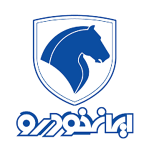
Iran Khodro Company (Public Joint Stock Company) was established in August 1341 with a capital of 100 million Rials and in September of the same year it was registered under the registration number 8352 and national ID 10100360794 in the Tehran Companies Registration Office. The initial production of the company was the buses known as “Alpi” whose chassis was imported from Germany and by installing a room on it, it was assembled in the current northern factory of Iran Khodro Company. The following is a brief description of the events and achievements of Iran Khodro Company since 1345:

